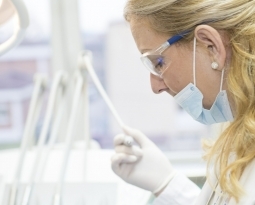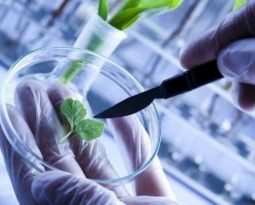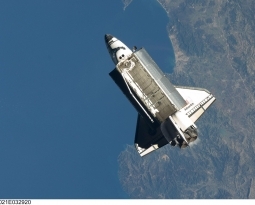Australia’s Attractiveness for Clinical Trials
To bring a new drug to market, an average of 12 years and $1.7 billion (US) in R&D spending is required. Yet only 1 in 5,000 drugs that begin preclinical testing make it to the market. This has led to a disproportionate number of drugs being developed for rare diseases (affecting less than 200,000 in the US at any given time) due to a 25.3% success rate versus 3.4% for oncology. Many argue this is unsustainable and there is pressure to shorten the amount of time it takes to develop drugs.
Over 50% of global clinical trials have treatment sites in the Asia-Pacific region due to the huge number and diversity of participants available (over four billion). Australia is particularly attractive, with over $1 billion AUD invested in R&D each year across more than 1,500 trials. From 2012-2015, clinical trial activity rose by 17.2% compared to 1.8% globally. Australia’s top-notch facilities and quality of medical research are key draw points for pharmaceutical companies.
The refundable R&D tax incentive encourages clinical trial development in Australia, with early phase (I/II and III) often considered core activities. International companies can access the incentive, as the company is necessarily required to be a resident or hold I.P. in Australia. Ultimately, the R&D tax incentive can significantly lower the cost of R&D for global pharmaceutical companies.
*Note this is general information only, and companies should seek specific advice with respect to the eligibility, entitlements on obligations of registering their R&D Activities. More info is available on the websites of the Australian Government Agency Regulators:
















